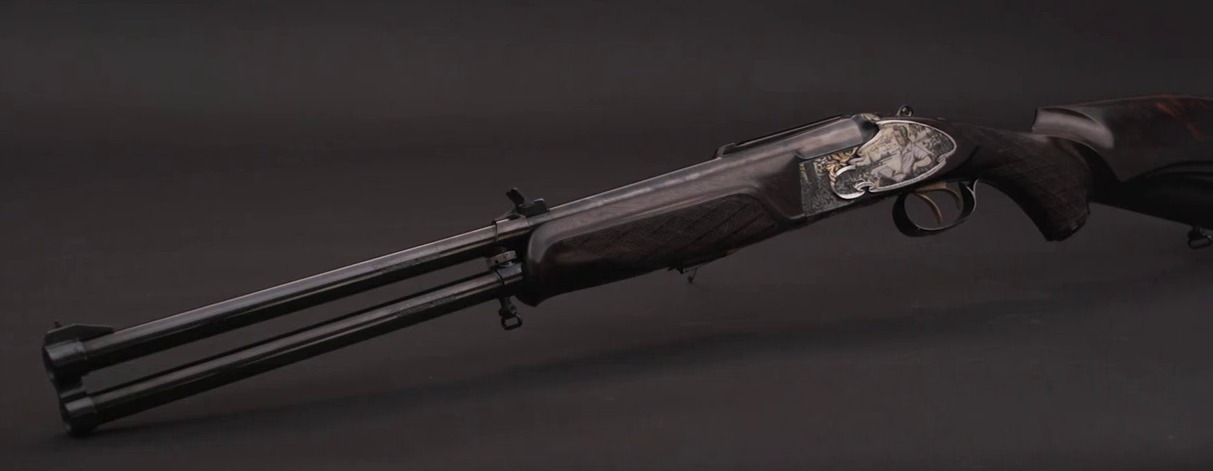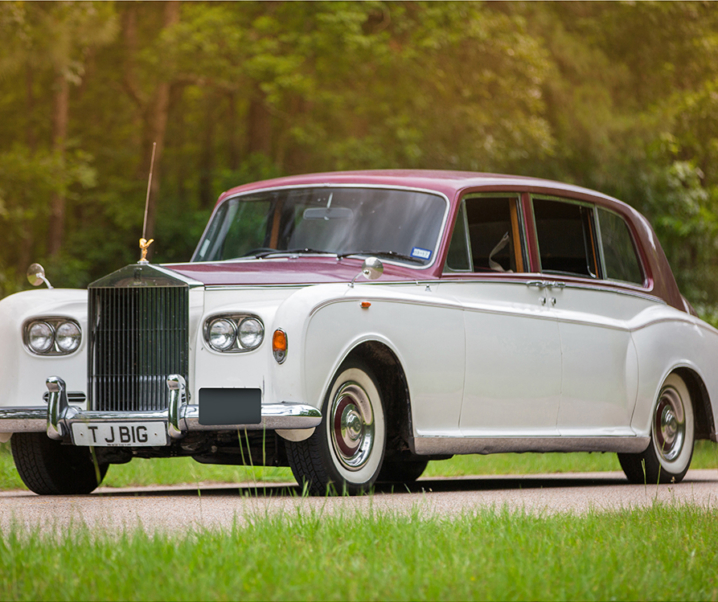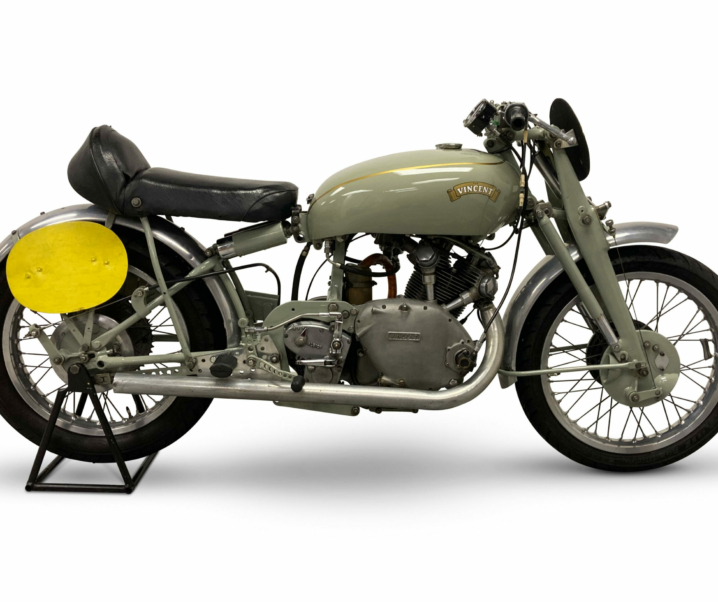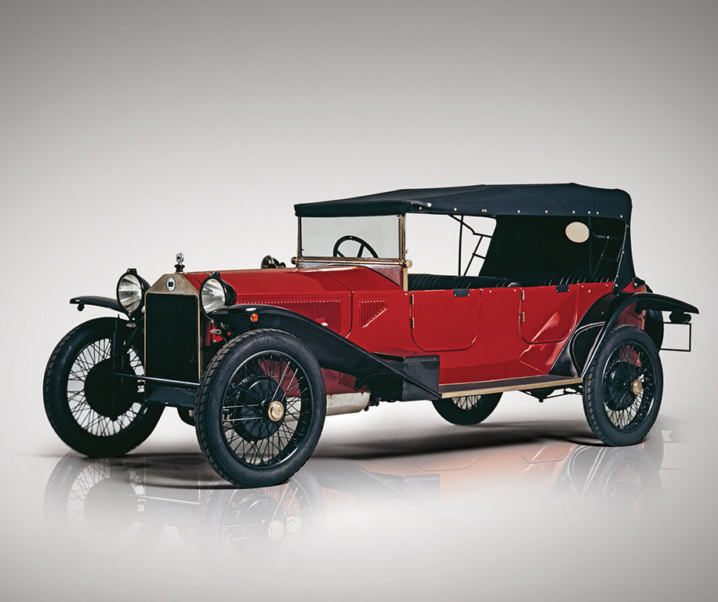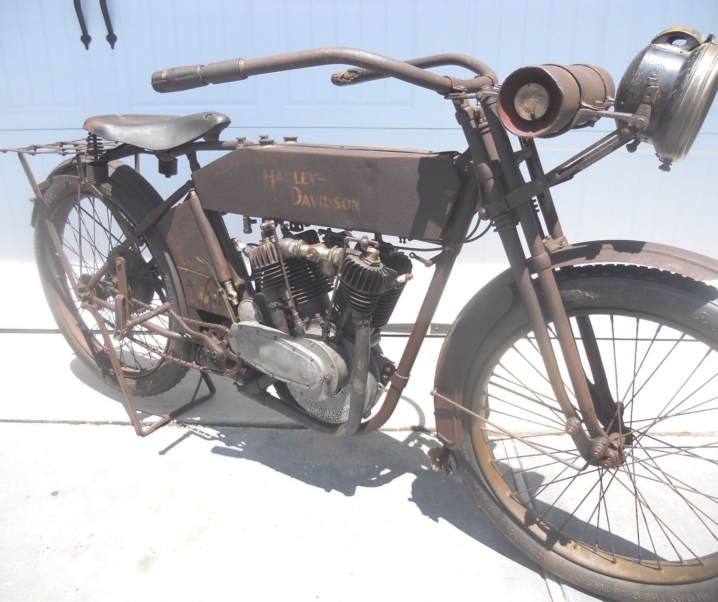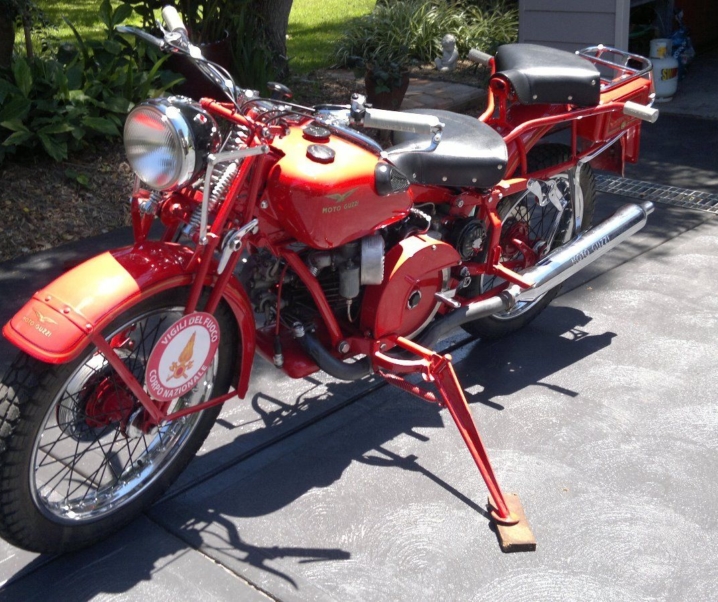Fast Facts
- Russian gun makers seem unique in the world in that they make sporting guns using the Lancaster oval bore to spin projectiles to achieve improved accuracy.
- The Russian Lancaster bore guns fall into two groups: ones that use shotgun slug ammunition – commonly in 20 gauge; and those that use the 9.6x53R and 366 TKM Lancaster bore ammunition.
- The 9.6x53R Lancaster and 366 TKM Lancaster are unique to Russia and were created in recent years to cater for Russia’s specific needs.
In recent years my hands on experience of Russian guns has been mainly with Baikal double rifles, both side-by-side and over-under.
The Baikal model that has intrigued me among their double rifles and guns is one I’ve not yet had the chance to try, the MP-27M Lancaster model, which I first saw advertised on the IMZ website a few years ago.
This Baikal Lancaster bore over-under gun makes me ask “Why are the Russians so interested in the Lancaster bore (while here in the west there seems to be no interest whatsoever) and what sorts of guns do they make with Lancaster boring?”
It has been time to use the Google “Pandora’s Box” and see if those questions can be answered.
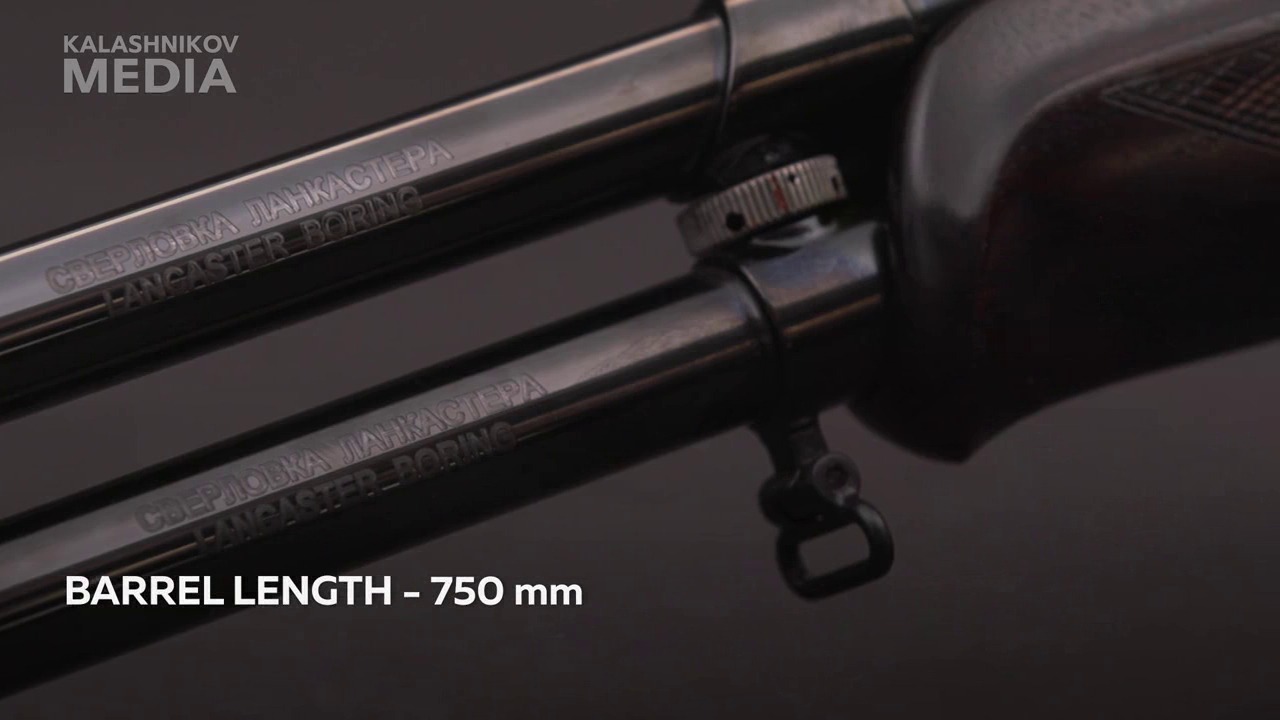
The Lancaster Bore – Background Story
The Lancaster Bore is named after its inventor, Charles William Lancaster, who was born in London, England, on 24th June 1820. He was the son of Charles Lancaster who was a skilled gunmaker. Young Charles learned the gun-maker’s arts from his father and became a respected gunmaker in his own right. His chief interest was in rifle shooting, and he became a marksman shooting at ranges of 1,000 yards (920 metres) and 1,200 yards (1,100 metres).
In 1846 he developed his first rifling system and demonstrated it with such success that the Duke of Wellington ordered some of his rifles for the Rifle Brigade of the South African Cape of Good Hope.
Lancaster continued to put his inventive mind to work on creation of rifled cannon. Back at that time the British military cannon were all smooth bore and Lancaster reasoned correctly that just as rifling greatly improved accuracy for small arms so it would also for large arms.
It was in 1850 that Lancaster got the idea to use an oval bore barrel and proceeded, with the assistance of the British government to create small arms based on the .577 Enfield carbine with Lancaster oval bore, and a 68 pounder cannon with which to do some serious pounding of Britain’s adversaries.
This was believed to be the first use of rifled artillery by the British military.
The Lancaster bore .577 Enfield carbines were officially adopted by the British Army Royal Engineers from 1855-1869.
The Reason for an Oval Bore
Charles Lancaster’s Oval Bore was a creation based on the need for rifling that would minimize the inherent problems associated with black powder and lead bullets. Lancaster theorized that an oval bore that required a small change in the bullet’s shape (about 0.016″-0.018″) would engage the bullet and cause it to spin in synchronization with the rifling twist.
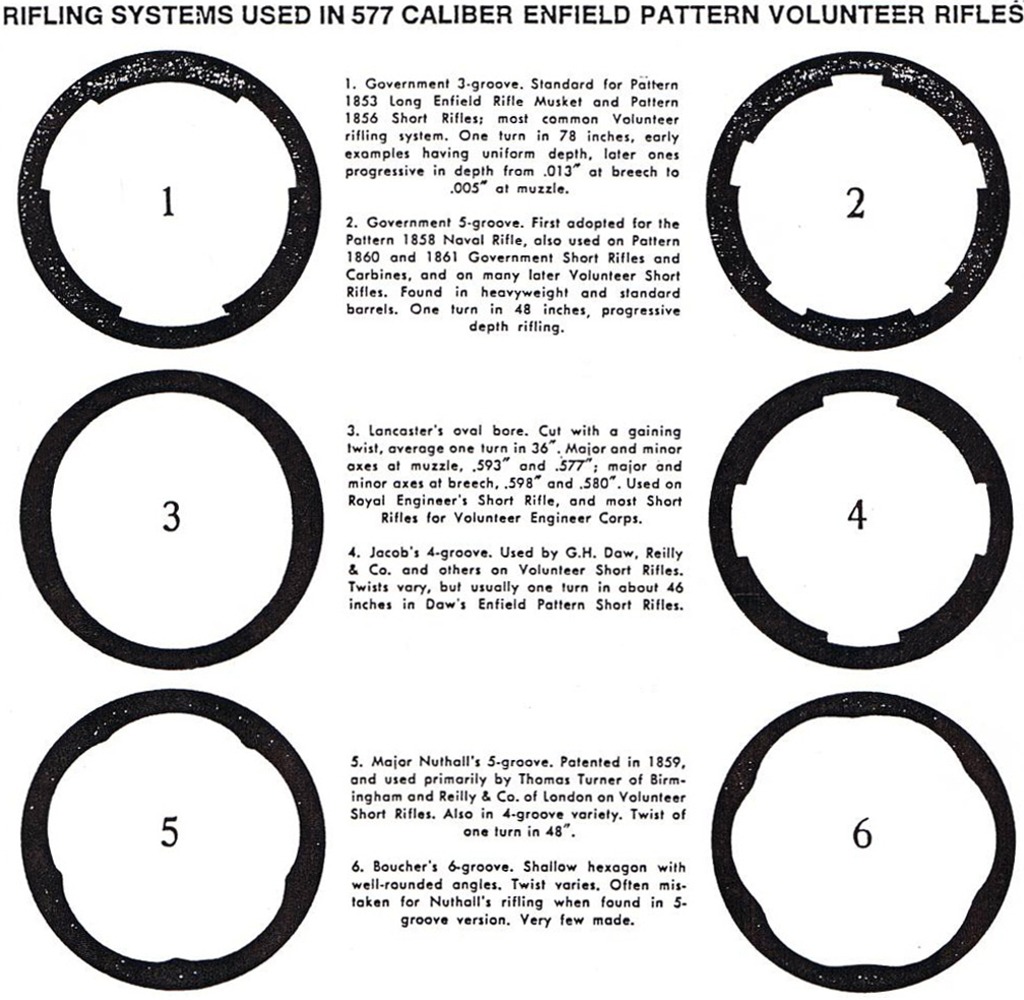
Other styles of rifling were in existence but typically required the lands of the rifling to cut into the projectile causing lead to be deposited into the rifling along with black powder fouling. Charles Lancaster’s Oval Bore basically eliminated the need for cutting into the lead projectile, reducing fouling, making the rifle able to fire more shots between cleaning, and making it much easier to clean.
The Colindian Ball and Shot Gun
There is of course another advantage of having a barrel that is essentially a smooth bore but which has the ability to spin a single projectile like a rifle, and that is it gives the gun the ability to shoot shot and produce decent pattern spread – albeit as for a cylinder choke – in addition to being able to be used as a rifle.
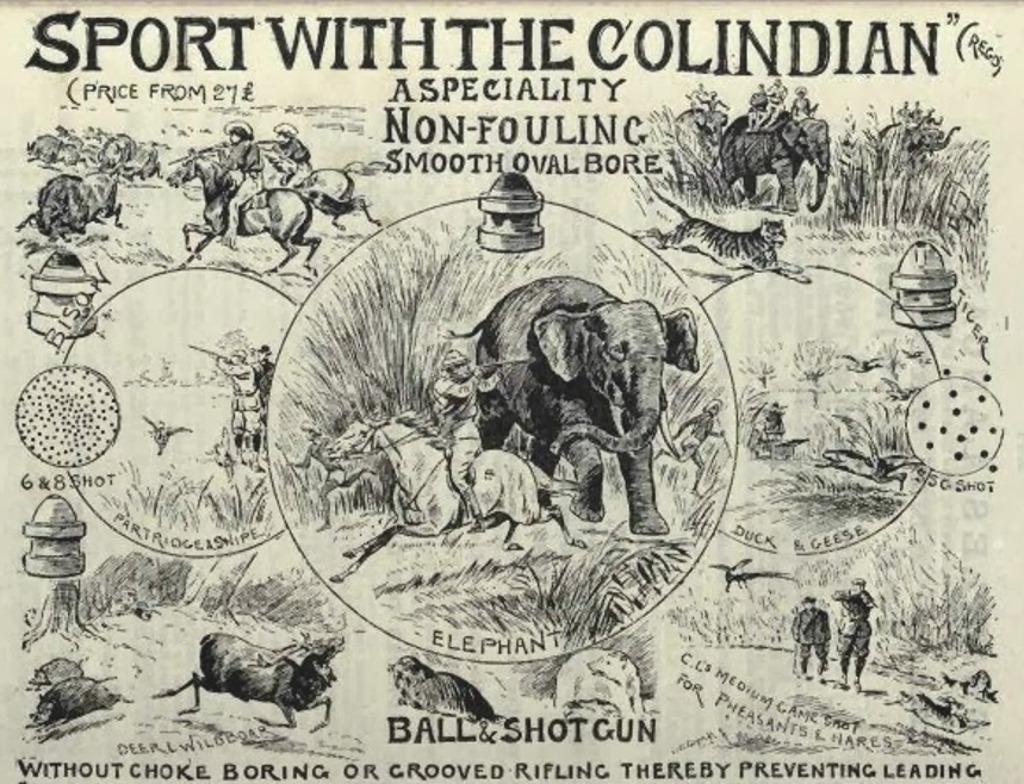
Such guns are referred to as “Ball and Shot Guns” and during the 1800’s a number of British gunmakers created such guns, primarily for the colonial gun trade.
Among the best known are the Holland & Holland “Paradox” and the Westley Richards “Explora”.
Charles Lancaster came up with his own Ball and Shot sporting gun and called it the “Colindian”, which is a clever blending of the words “colonies” and “India”, so this was his “Colonies and India” sporting gun.
During this time the transition from muzzle-loading to breech-loading took place, the Enfield rifle used the Snider system to be transformed into a breech-loading arm, and this was followed by various other mechanisms.
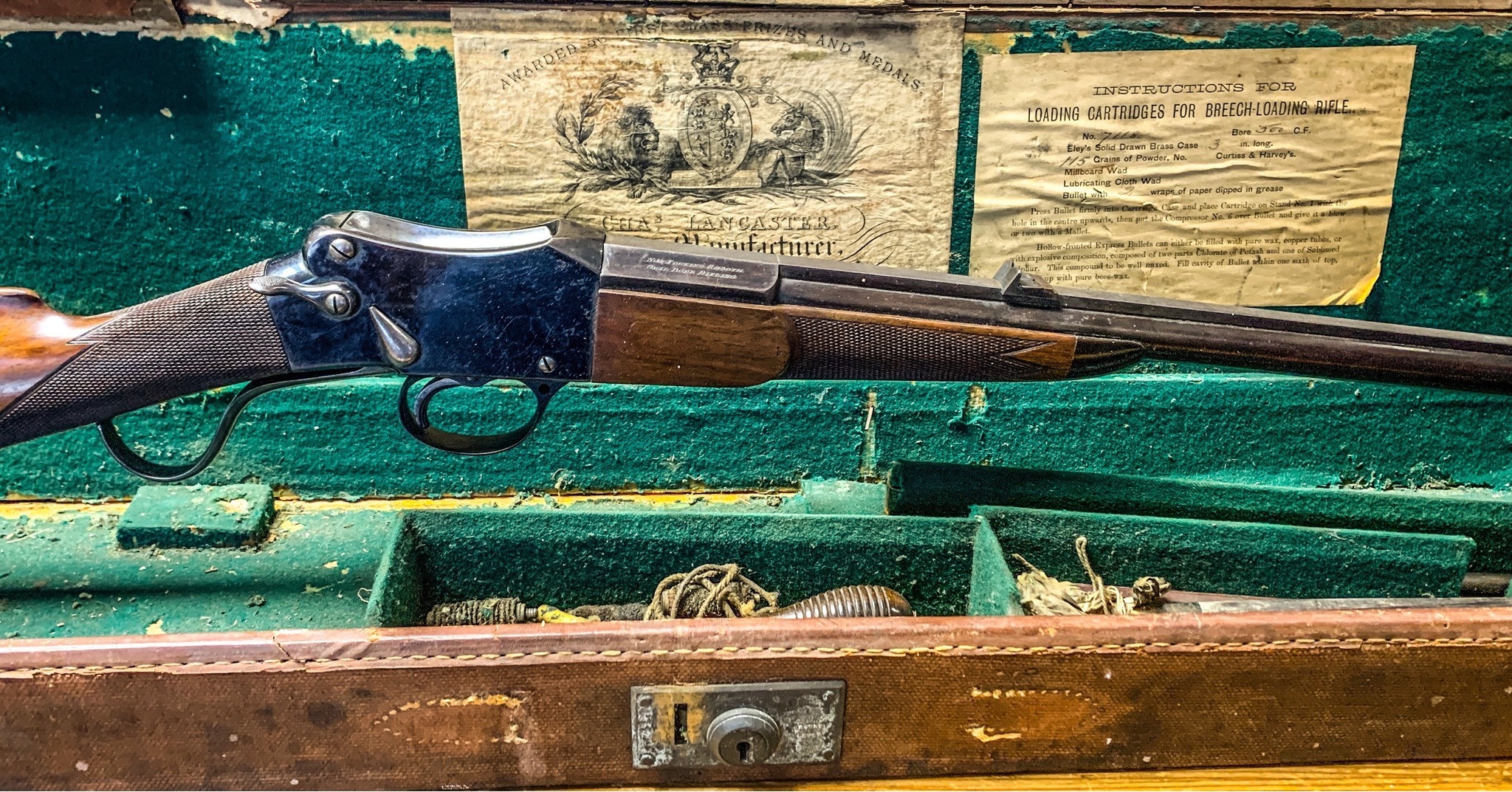
For the British the Martini action became the most popular for single shots, while the hinge-opening double barrel became predominant for double guns and rifles.
Nitro Era Lancaster Sporting Guns and Rifles
By the late 1800’s nitro based smokeless powders were invented and became rapidly popular. Some black-powder guns were able to make the transition from black-powder to the much safer and much cleaner nitro powder through the provision of “Nitro for Black Powder” ammunition, while some of the black-powder cartridges were given a new lease of life by being turned into “Nitro Express” cartridges.
One of the most popular cartridges to make this transition was the 450/400″ Black-Powder Express which was re-designed to become the 450/400″ Nitro Express. This new cartridge could of course only be used in the then new and much stronger nitro proofed rifles specifically designed for it.
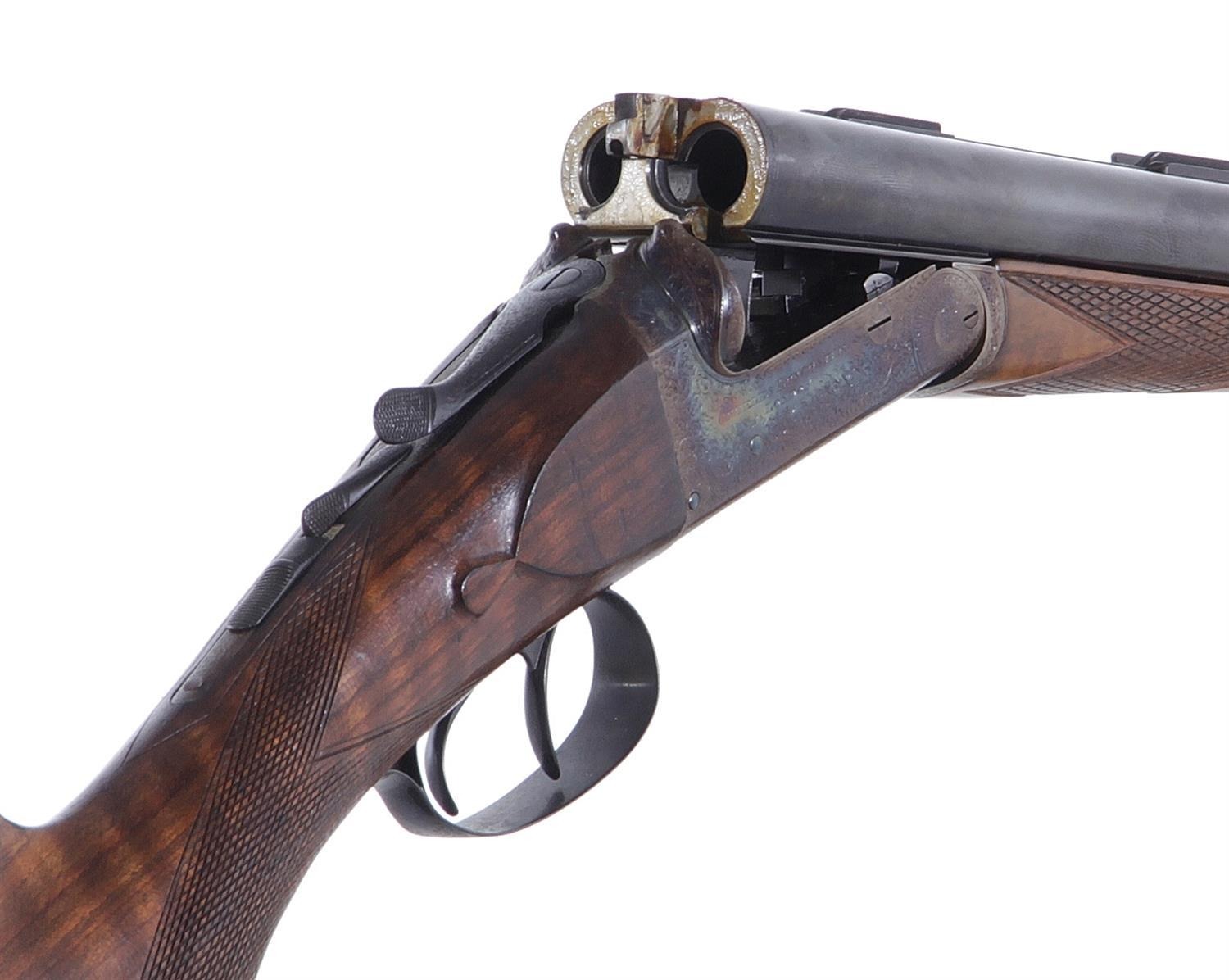
From Russia With Love
In promoting his gunmaking business Charles William Lancaster traveled a great deal and received awards for his firearms from many national leaders including the Czar of Russia, who had a special and rather large gold medal struck for him.
Back then Lancaster would not have guessed that even after his Oval Bore gun had become obsolete in his own country that there would emerge a reason for the sporting shooters of Russia to re-discover it.
The thing that caused Russian gunmakers and shooters to re-discover the Lancaster bore was Russian gun legislation introduced in the 1990’s that required a new shooter to have five years of competent ownership of smoothbore arms before they could apply to own rifled arms. And as I understand it from what I’ve been able to discover, Russian sporting shooters have been limited to owning a maximum of five smoothbore, and up to five rifled firearms.
In this legislative environment Russian gunmaker Baikal introduced their MP-27M Lancaster model which was sold with two sets of barrels: a 12 gauge shotgun set with either fixed or interchangeable chokes, and a 20 gauge Lancaster oval bore set that could be used with either shot or shotgun slugs, the twist of the oval bore serving to spin the slug to give it “minute of deer” accuracy out to 100 metres.

This idea seems to be one that would have substantial appeal in the West. We seem to have a choice to either have a gun fitted with a smoothbore barrel, or a rifled barrel, but those don’t seem to offer the sort of instant adaptability that the Lancaster bore double provides: a smoothbore barrel is not particularly good for slug use, and a rifled barrel delivers pretty awful shot patterns.
With a gun such as the over-under double 20 gauge with Lancaster bores the shooter could simply choose what they preferred to load, be it slugs in both, shot in both, or slug in one and shot in the other, the choice is easy and instant to make, and changing ones mind is also a quick simple process.
Its the Lancaster oval bore that efficiently handles either shot or slug with good results for a cylinder bore shot pattern, or a slug out to 100 metres – at least in theory.
For those who preferred a repeating action for their Lancaster bore gun Baikal also introduced their semi-automatic MP-155 shotgun equipped with a 20 gauge Lancaster bore barrel. This is a gun that provides some of the flexbility of the double being able to be loaded with either shot or slug.

If the story had ended there it could have been interesting enough, and I think there would have been an export market for the Baikal Lancaster bore guns: I’m sure I could have found room for one in my rifle safe.
But the story did not end there, and as I browsed through a recent Kalashnikov catalogue and dug into Pandora’s Box a bit more I discovered a whole and totally unexpected set of new developments.
And Now for Something Completely Different
The creativity of Russia’s sporting firearms engineers did not stop at Lancaster bore guns based on shotgun actions. It was clear that a rifle could be turned into a smoothbore gun by some basic gunsmithing, and there were lots of new and young shooters in Russia who were primarily interested in owning a rifle and hunting or target shooting with one: could something be created for them? The answer was most certainly yes.
One of the most common rifles in Russia – left over from the Second Sino-Russian War, Russo-Japanese War, two revolutions and two world wars – were the various Mosin-Nagant bolt-action rifles chambered in Russia’s old, and still current military cartridge the 7.62x54R.
What was needed to turn plentiful Mosin Nagant surplus rifles into an affordable but good quality starting gun for a new shooter was a cartridge that would be based on the 7.62x54R but which would comply with Russia’s new firearms law by being used in a Lancaster oval bore barrel.
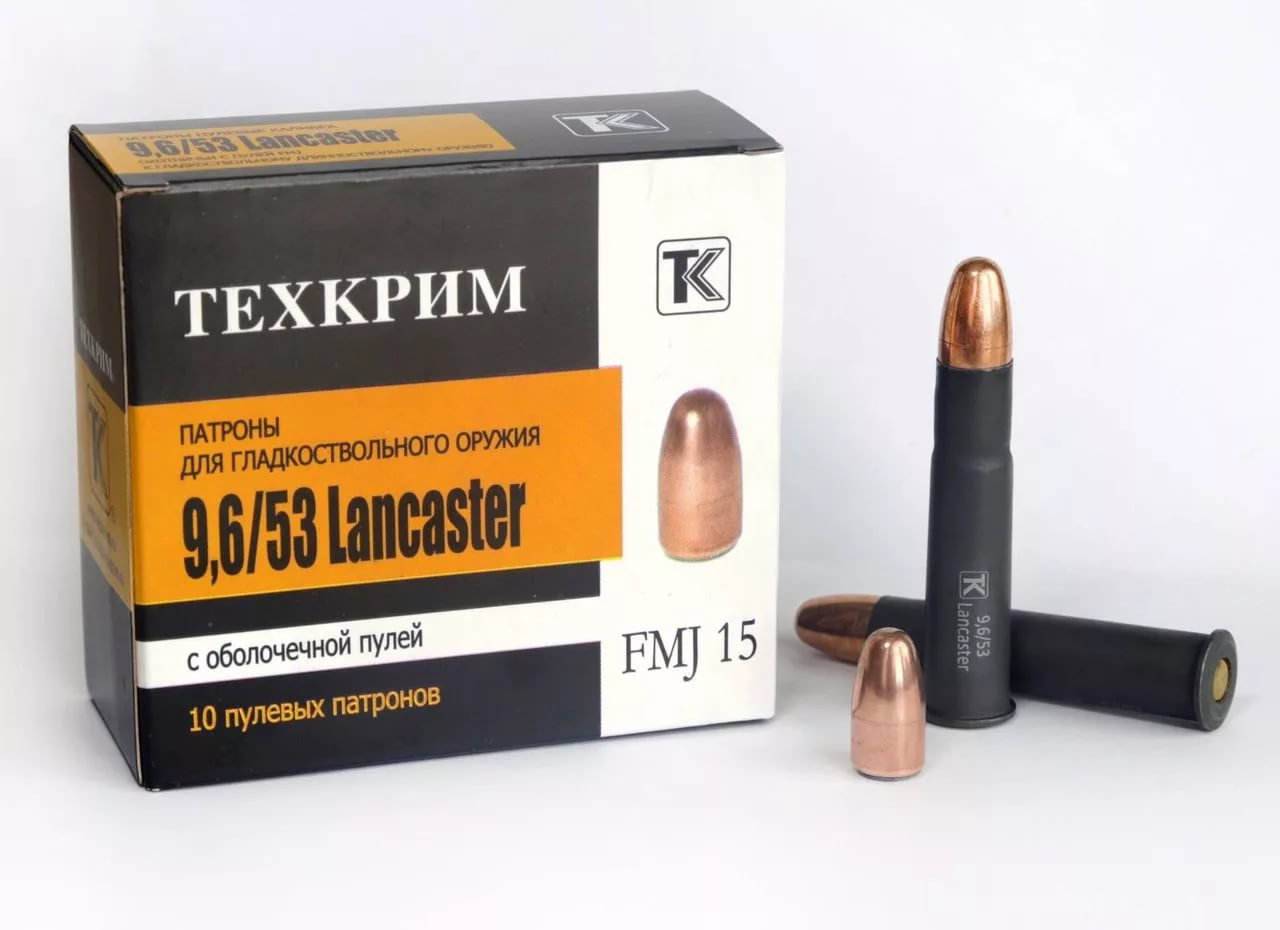
Thus it was that the 9.6x53R cartridge for Lancaster bored guns was created.
The 9.6x53R Centrefire Cartridge
The 9.6x53R was created by Russian companies Molot and Techcrim. The idea was to provide the opportunity for shooters in their first five year probation period of gun ownership to own a gun that was more like the rifle they aspired to own once they had done their probationary period. So this would not be a 20 gauge Lancaster bore shotgun based gun, but one based on a familiar rifle action.
What was needed was the ability to convert a 7.62x54R rifle into a gun that met the legal requirements to be considered a “smoothbore”.
The designers started out with the 7.62x54R cartridge which they necked up to accept a 10.3 mm projectile. They then shortened the case to 53 mm, one millimeter less than the 7.62x54R so that a shooter could not accidentally (or purposely) chamber that cartridge in their 9.6x53R.
Its metric designation is a bit unusual because of the requirements of its being purpose designed for use in an oval bore gun.

In metric cartridge designation the first dimension in the cartridge name is the bullet diameter, but this is not the case for the 9.6x53R because the bullet diameter is actually 10.3mm. This is because when the cartridge is fired the bullet enters the oval Lancaster bore and is squeezed into an oval shape, and that oval shape measures 10.3mm at its widest, and 9.6mm at its narrowest.
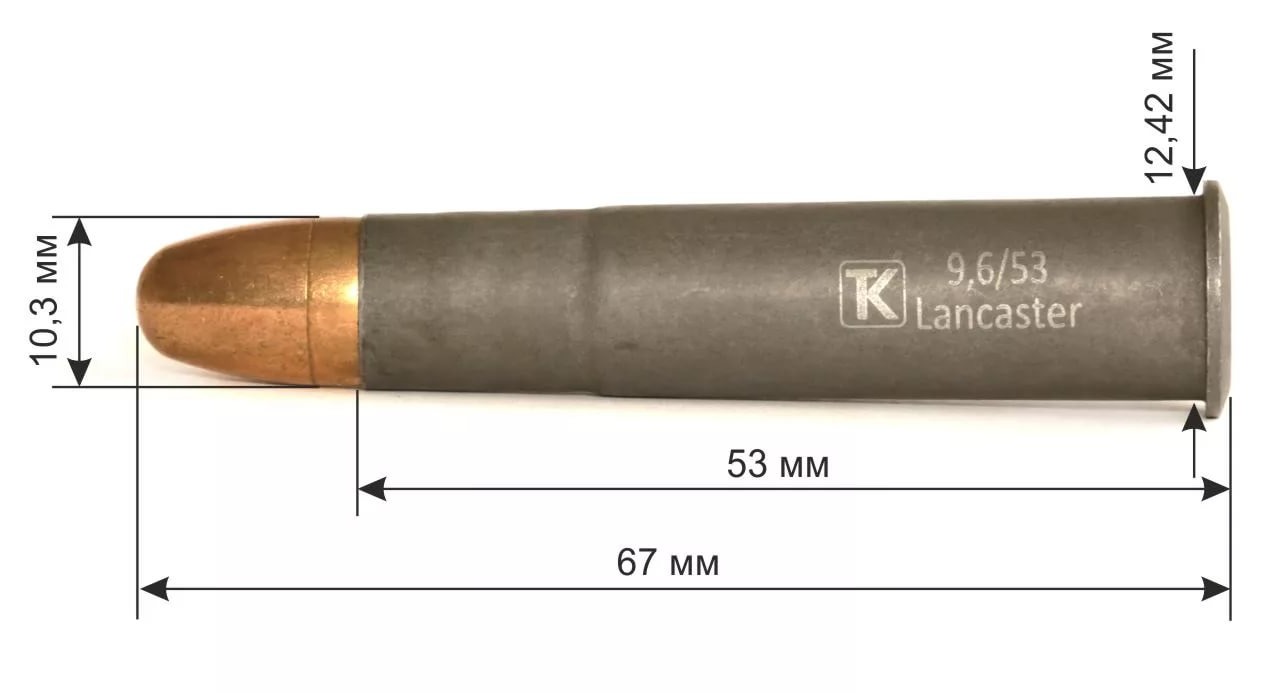
The 9.6x53R cartridge is typically loaded in non-reloadable steel cartridge cases (as is common with Russian ammunition). It is offered with copper jacket Full Metal Jacket or Soft Point projectiles, and also with a plastic cap filled with small shot so it can be used as a “shotgun” for small pests.
- The projectile weight is 14.8 grams (228 grain) with a ballistic coefficient of 0.21
- Muzzle velocity is listed as 735 metres per second (2,411 feet per second)
- Muzzle energy is 4,000 Joules (2,949 ft/lb)
The performance of this cartridge is quite impressive with almost 3,000 ft/lb of energy available it could be expected to provide entirely adequate stopping power for game up to moose, brown bear, and even tiger if the hunter was in a situation where he/she needed to stop a Siberian Tiger from having them for brunch.
This cartridge is now being chambered in new sporting rifles both made in Russia and imported from other countries. For example the Serbian Zastava M70 bolt action rifle is now being offered in 9.6x53R for the Russian market.
Interestingly the Kalashnikov Group are also offering their semi-automatic TG3 in 9.6x53R also.

The 366 TKM (9.5x37mm) Paradox Cartridge
The Russian arms designers realized that there was no reason for them not to offer a smaller calibre Lancaster bore cartridge best suited to small light firearms for medium deer and for enjoyable target shooting: and so they created a Lancaster bore cartridge based on the 7.62×39 cartridge as used in the original Simonov SKS and the iconic AK47.
This cartridge was made by necking up a 7.62×39 resulting in a tapered case which looks like it headspaces on the case mouth like so many rimless pistol cartridges do.
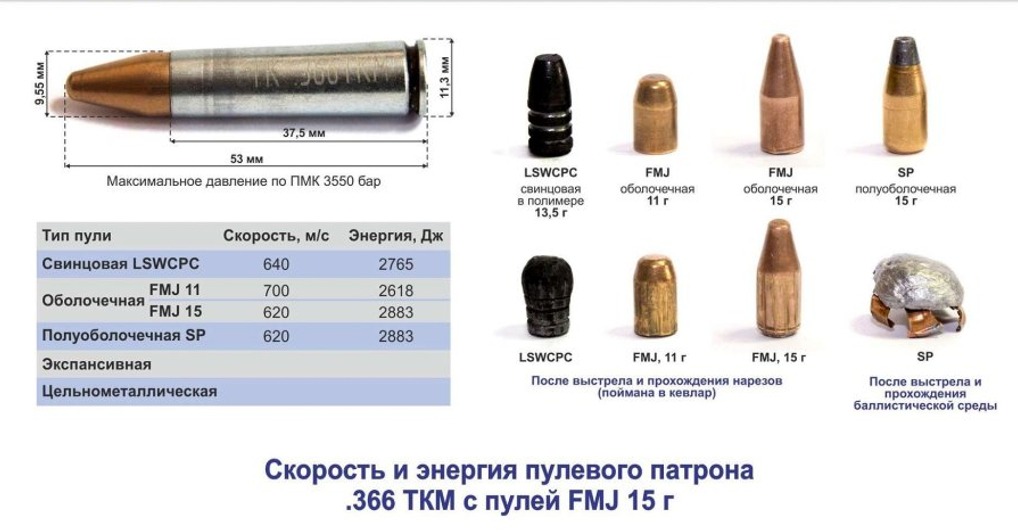
In the diagram you can see that it is made in four projectile styles; a 13.5 gram LSWCPC (Lead Semi-Wadcutter Cast Projectile), an 11 gram round nose Full Metal Jacket expecially well suited to target range shooting, and two cone-point 15 gram projeciles, a FMJ (Full Metal Jacket) and a Soft Point. These two cone-points look to be specifically made as hunting rounds: the FMJ would be good for fox where it is desired to minimize damage to the animal’s pelt so it can be retrieved, preserved, and sold. The soft point looks made to be a deer and similar game hunting round.
This cartridge was introduced in 2016 and has been chambered in guns based on a range of actions including bolt action and semi-automatic.
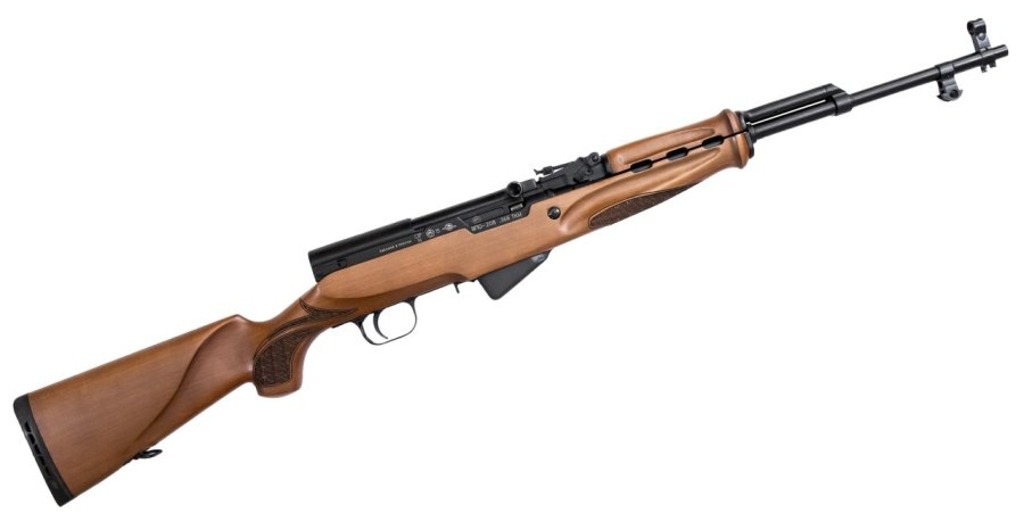
You will find examples of Molot made guns using each of these cartridges on the Molot website.
Conclusion
The research journey I began looking at the Baikal MP-27M Lancaster model proved to be a fascinating one that revealed not only Russia’s firearms laws and how they have affected Russian civilian sporting shooters, but also how they have affected Russia’s makers of civilian sporting guns, and also international makers who export to Russia, such as Zastava.
When I began I had no idea of what I was going to find, but that has made the journey all the more fascinating, and there is no doubt more to discover.
If you are interested in doing some research of your own I suggest you try looking at the Kalashnikov Civilian guns catalogue which is available for download here on their website.
You might also want to have a look at the Baikal sporting guns catalogue.
You will find the Kalashnikov USA website here.
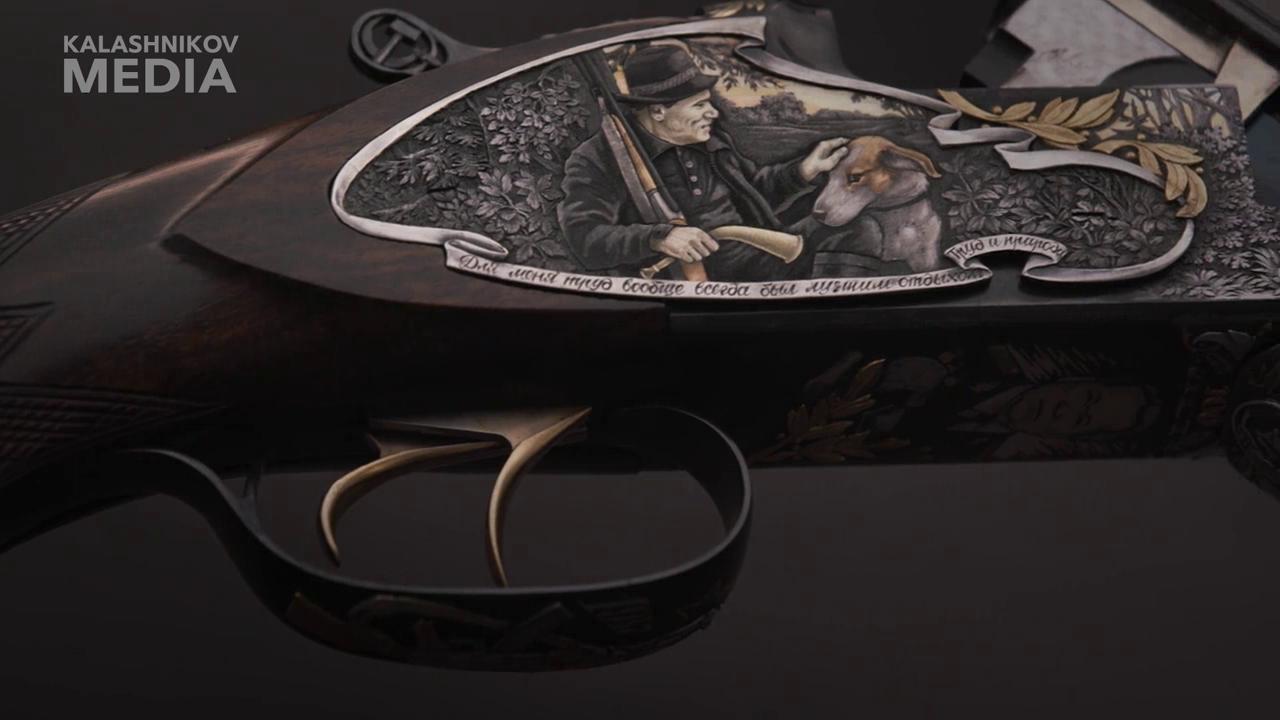

Jon Branch is the founder and senior editor of Revivaler and has written a significant number of articles for various publications including official Buying Guides for eBay, classic car articles for Hagerty, magazine articles for both the Australian Shooters Journal and the Australian Shooter, and he’s a long time contributor to Silodrome.
Jon has done radio, television, magazine and newspaper interviews on various issues, and has traveled extensively, having lived in Britain, Australia, China and Hong Kong. His travels have taken him to Indonesia, Israel, Italy, Japan and a number of other countries. He has studied the Japanese sword arts and has a long history of involvement in the shooting sports, which has included authoring submissions to government on various firearms related issues and assisting in the design and establishment of shooting ranges.

